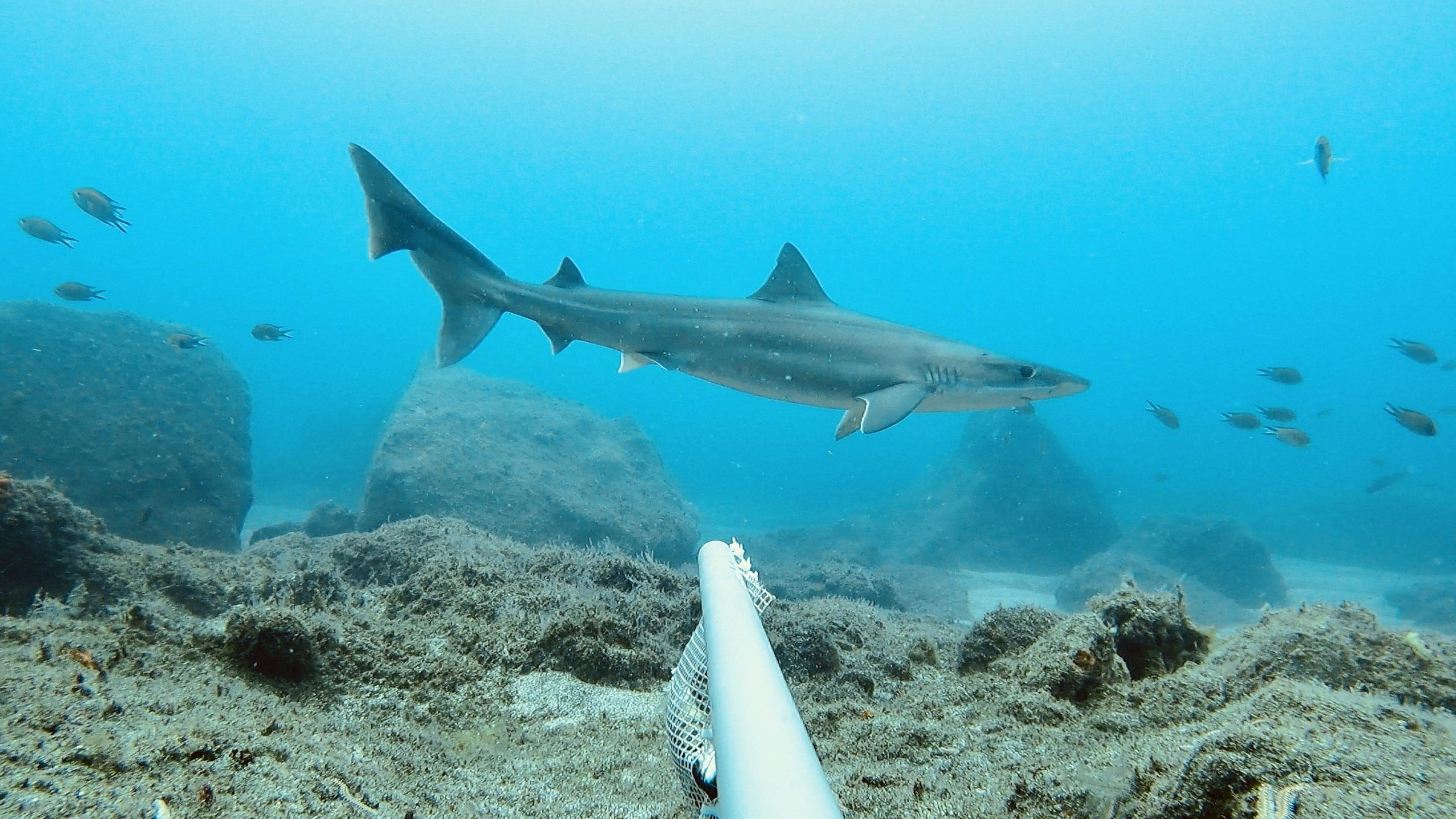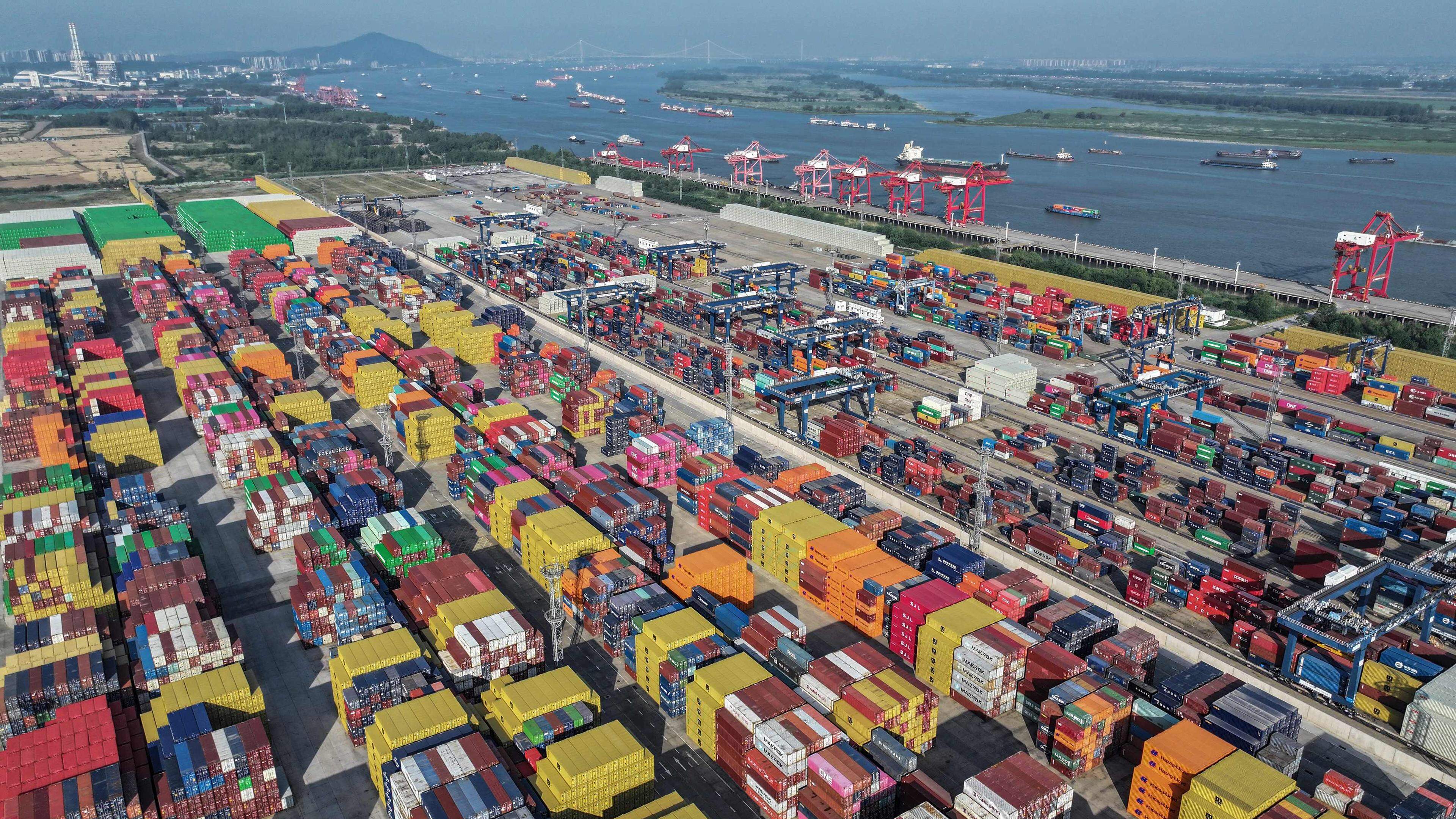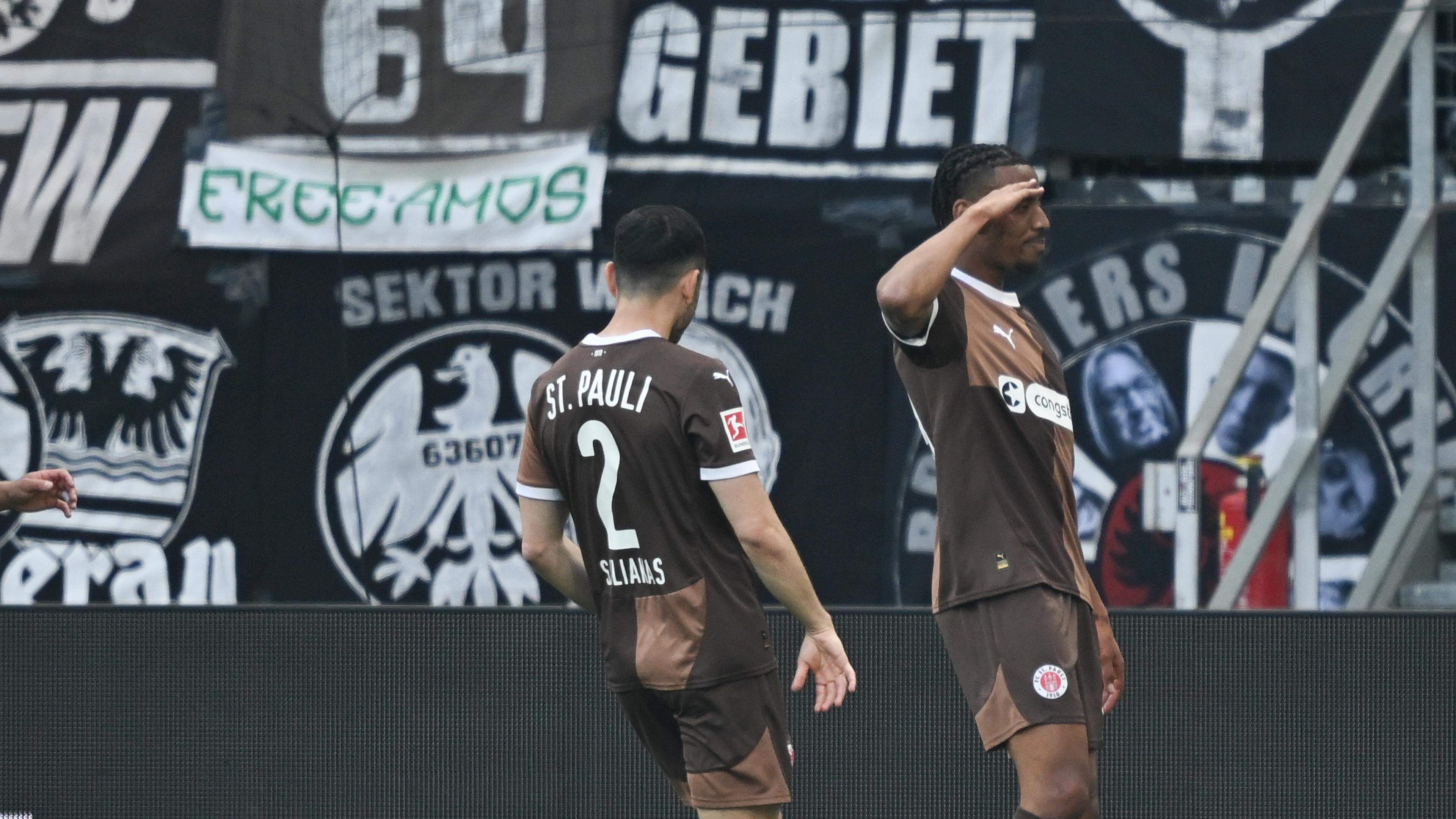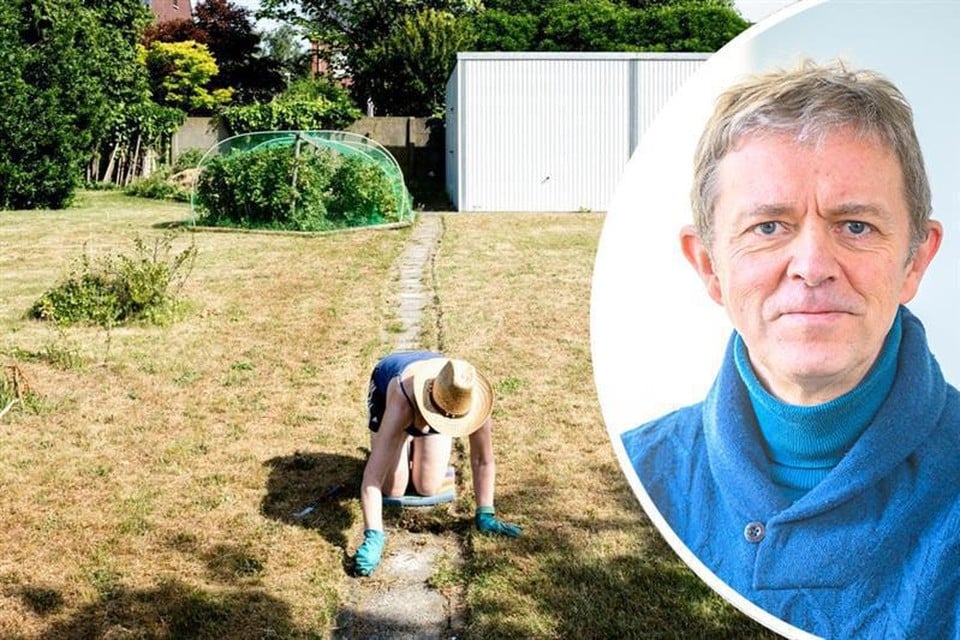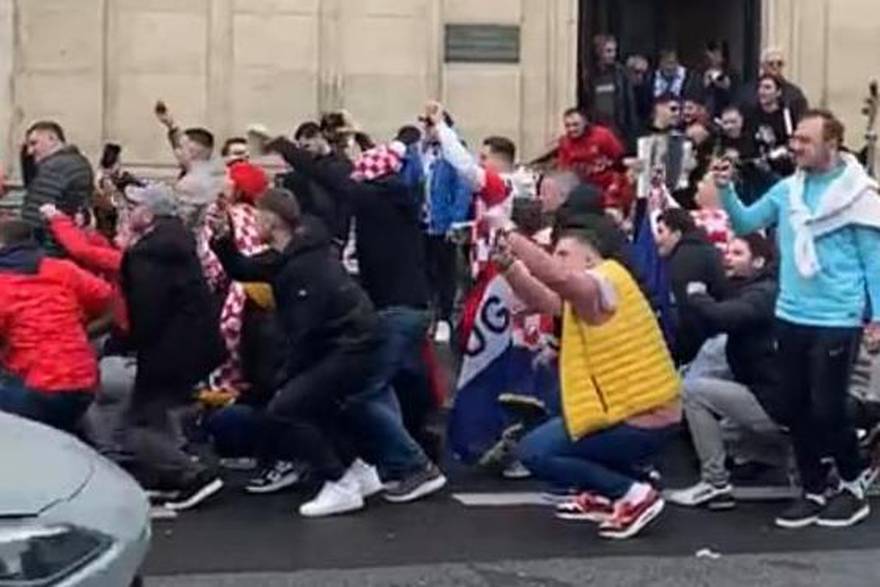What to do when pictures lose trust?
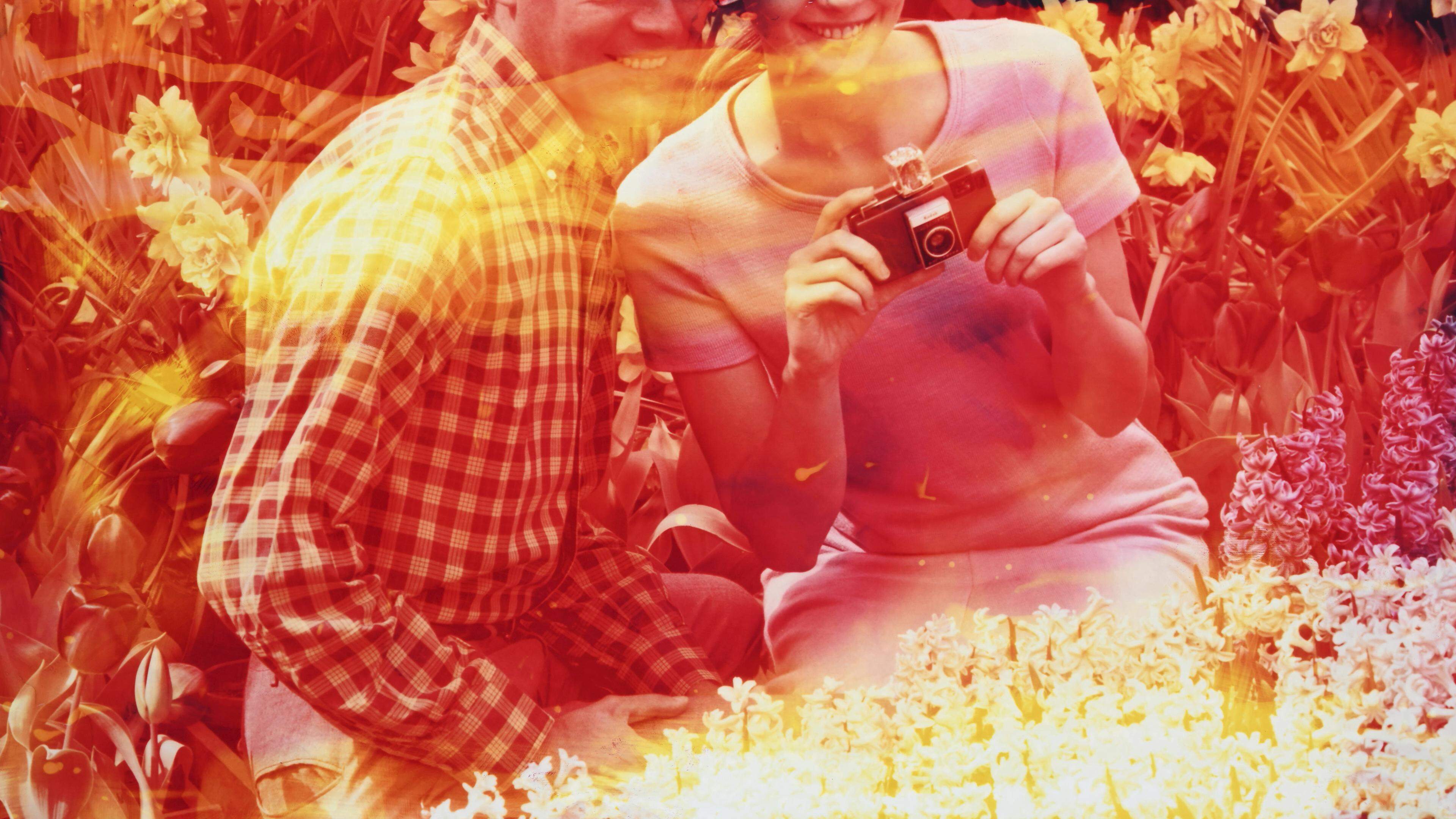
Hardly any medium is currently under pressure as much as photography. Digital floods, social media, algorithmically controlled visibility, ideological reinterpretation – and last but not least the challenge through artificial intelligence. Pictures don’t just document reality today, they create new worlds synthetically. It is precisely this development at the center of the European month of photography, which celebrates its tenth edition this spring.
The internationally known British artist and filmmaker Lee Shulman presented work in Luxembourg for the first time with « The Anonymous Project ». In his series « Vitraux », which can be seen in the Château de Bourglinster, he transforms random photographs into bright glass windows. The unknown people in the pictures become the main characters of a new poetic narrative about life in the castle. Photo: Lee Shulman
Under the programmatic title « Rethinking Photography », Luxembourg will again become the meeting point for European photo art by mid -June. In its anniversary year, the festival not only sees itself as a show of current positions, but also as an invitation to think again about seeing: How can pictures still claim truth today? How does our relationship to the visual world change?
New readings in times of flood of images
Among other things, the exhibition “Remember photography: presence/absence, visible/invisible” in the Cercle Cité offers answers and artistic reflections. In a world that is flooded by manipulated or AI generated images, contemporary photography relies on new strategies: critical, researching, sometimes resistant-or specifically transforming.
Marco Godinho, Blind Memory (The Eyes of the Tiger), Photo by Andrés Lejona, 2025. Photo: Marco Godinho, Andrés Lejona
The Luxembourg Yann Annicchiarico makes the hidden life of insects visible with a scanner close to the ground and gives marginalized existence a voice. The Belgian Lucas Leffler researches the history of photography and the material traces of large manufacturers such as Agfa or Kodak in multimedia works.
Marco Godinho, Luxembourg-Portuguese artist, combines visual poetry with a story: With the help of lentic exploratory photography, images that change depending on the point of view-as movable rooms between image, time and perception.
Festival with depth
What started in 2006 as an initiative of the Café-Crème association with partner institutions in Paris, Berlin and Vienna is one of the most important festivals for contemporary photography in Europe. Young artists and established names present their works that negotiate the photographic medium in all its documentary, artistic and social facets.
The Luxembourg photographer Marianne Majerus shows unique features of the wild and cultivated flora, from tentative buds and intoxicating flowers to melancholic forms of seed heads in her open -air exhibition « Portraits of Plants » in the Merl city park. Photo: Marianne Majerus
More than 20 places across the country-from Luxembourg city to Esch/Alzette to Clerf and the neighboring Trier-invite you to deal with exhibitions, encounters and discussions. Institutions such as Mudam, CNA, Casino Luxembourg, Villa Vauban, Neimënster and the National Musée around Fëschmaart are involved.
Openness and exchange
A highlight is the public portfolio show « Révélation (s) » on May 14th in the Neimënster Abbey. Unlike classic reviews, this format offers young artists the opportunity to publicly present their work and then discuss with renowned critics – including Delphine Dumont (Photo Brussels Festival), Christian Gattinoni (Lacritique.org), Rui Prata (Imago Lisboa), Emmanuelle de L’Ecotais, Maren Lübbke-Tidow (Emop Berlin) and Mona Schubert (photo Arsenal Vienna). The accompanying exhibition « Révélation (s) – Emop » in the chapel of Neimënster provides insights into current positions of the Luxembourg photo scene.
Liz Lambert intuitively creates pictures by abstracting the inconspicuous details of reality that are hidden in everyday life. Liz Lambert, Cache-Cache, Saarbrücken, 2023, in the exhibition « Révélations: Jeunes Talents » in Neimënster. Photo: Liz Lambert
In the Casino Forum d’Art Contemporain, the exhibition « Tube.Dash.photo » is dedicated to the exciting ratio of photo book and exhibition space. Curated by Théophile Calot (Delpire & Co, Paris), intimate book formats in dialogue with extensive installations. Works by Christian Aschman, Wade Guyton, Wolfgang Tillmans, Ruth van Beek and others can be seen.
« World Press Photo »: The cruel insight into the Gaza War
Focus on young talents
The Emop Arendt Award again sets a special sign for the photographic offspring in 2025, awarded by the Arendt & Medernach law firm. The award supports promising young photographers and gives access to one of the most important private photo collections in Luxembourg.
Jörg Auzinger’s photo series « Destinesia » in the arcades of the Grand-Rue in Clerf creates rooms optically and in terms of content that go beyond the superficial consideration and stimulate thought. Photo: Jörg Auzinger
Numerous other initiatives that become visible in the context of Emop show that photography in Luxembourg has long been no longer a niche issue: the “Cllervaux-Cité de l’Inage” project, Lët’z Arles Lëta Prize, the Edward Steichen Award, the Elektron platform or the Konschthal Esch. They all prove the lively dynamics of a scene that not only shows, but also questions, irritates and connects. And extends far beyond national borders.
Photography between archive, material and identity
At a time when pictures are becoming increasingly fleeting and digital, many contemporary artists are looking for new – or deliberately old – paths to make photography tangible again. Her work react to the dematerialization of the world of images, reflect on personal and collective memories and ask questions about identity, power and archive. The Arendt House shows how diverse and physically photography can be thought and designed today:
Delicate and radical: Sylvie Bonnot gives photography a new texture in which – literally – she pulls out the skin of old photos. Sylvie Bonnot, Grand Bois Drapé (Saut Sabbat), Guyane, 2024. Photo: Sylvie Bonnot
The French artist Sylvie Bonnot deals with the physical nature of photographic images. By detaching the layer of gelatin from its deductions and transferring to other materials, so -called « molving » – fragile work between photography, sculpture and object art is created.
Marta Djourina, born in Bulgaria and now living in Berlin, uses light in her photographic practice as a central design. Without a camera, she creates pictures directly on light -sensitive paper and creates abstract, bright compositions that are reminiscent of painting through touch and movement.
Family history meets abstraction: Raisan Hameed’s visual search for traces in Mosul. Raisan Hameed, C-Prints Kodak, Mossul 1993-94, from the « Zer-Färmung » series, 2022-2025. Photo: Raisan Hameed
The German-Iraqi artist Raisan Hameed, who lives in Leipzig, deals with personal memory and cultural fracture in his series « Sealing Disorder ». He processes badly damaged documents from his family archive and combines them with its own photographs from Mosul into expressive, sometimes abstract visual worlds.
Simon Lehner comes from Austria, whose work revolves around the topics of memory, trauma and family dynamics. The combination of analogue archive material with digital constructions creates visual stories that oscillate between intimacy and distance.
The photographer Paulo Simão deletes monuments and thus makes power structures visible. Paulo Simão, Erased Leif Ericsson Statue, from the Erased series, 2021. Photo: Paulo Simão
Portuguese artist Paulo Simão questions the representation of historical power in his series « Erased ». From photographs of the Library of Congress, he removes central characters – mostly important men – and only leaves their base. The pictures alienated in this way become critical comments on memory policy and cultural heritage.
__________________
All information about the European month of photography, exhibition locations, opening times, highlights, can be found on the website www.emoplux.lu.

